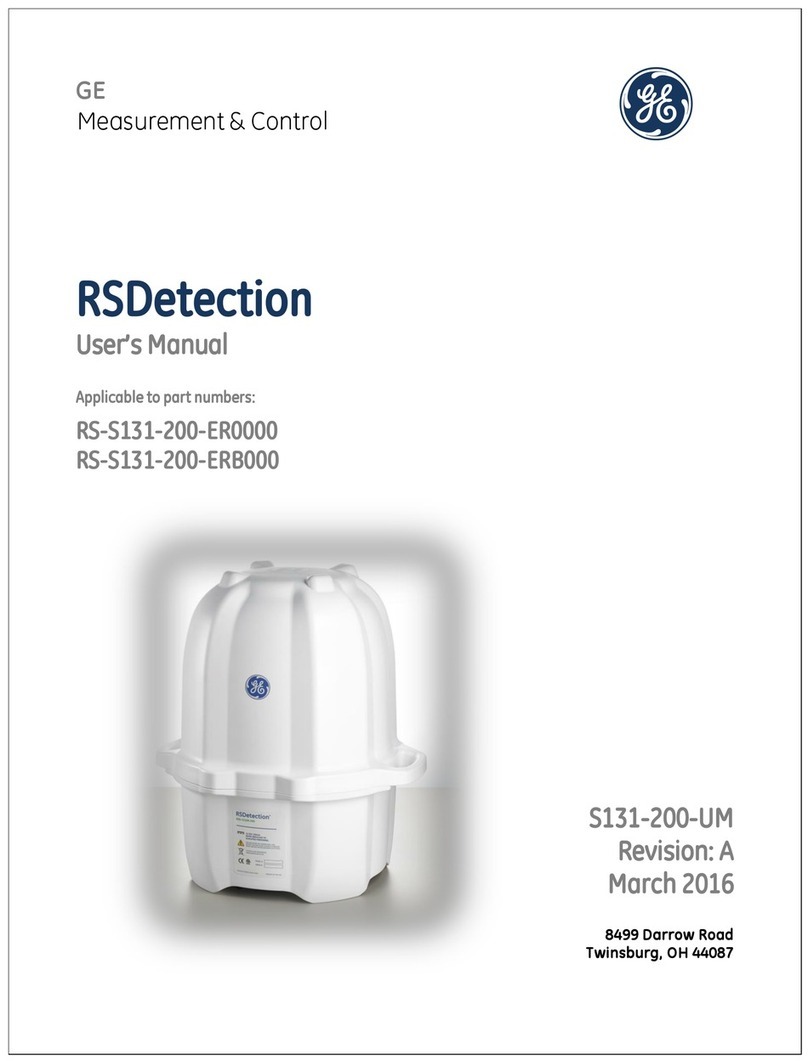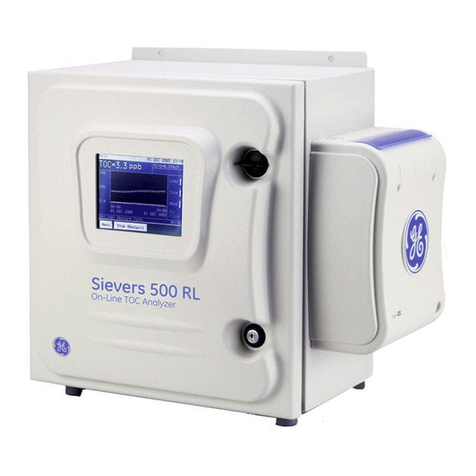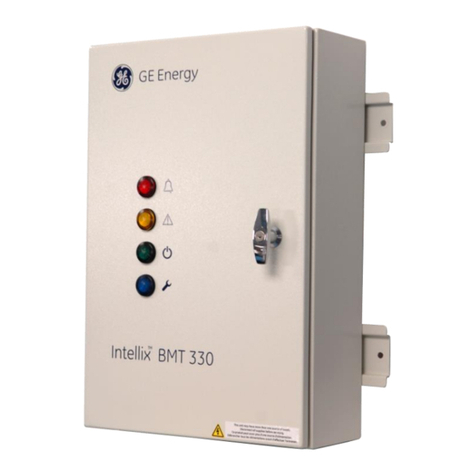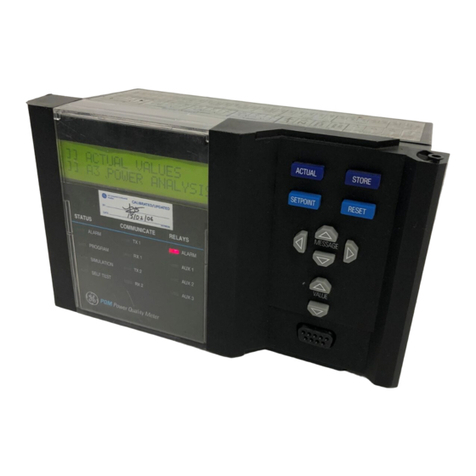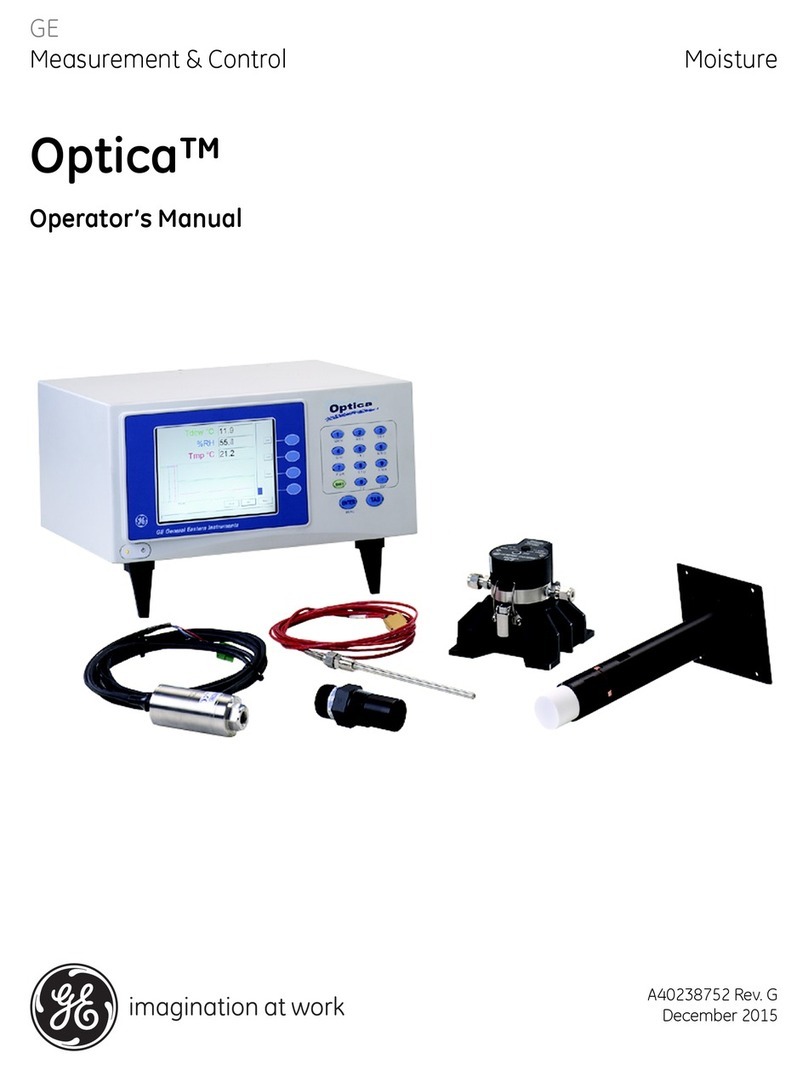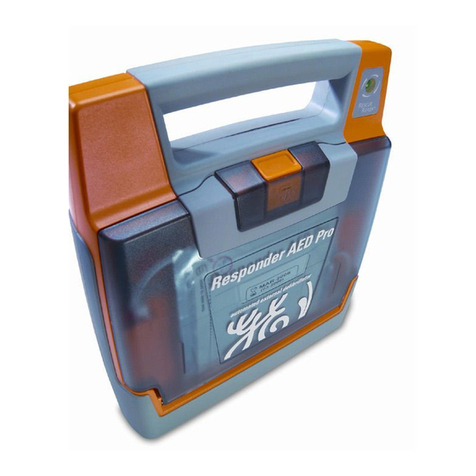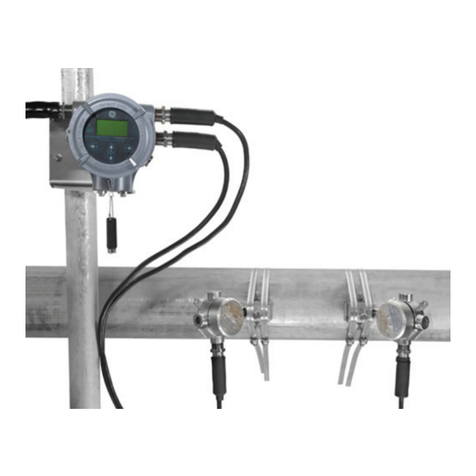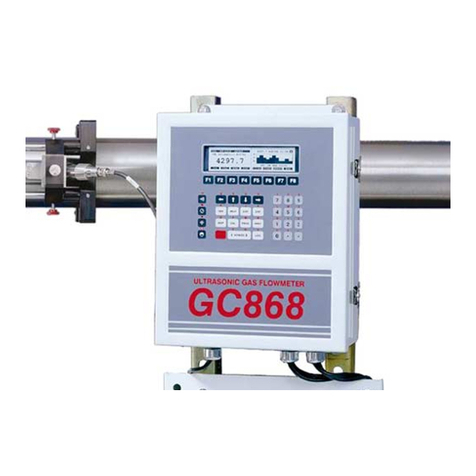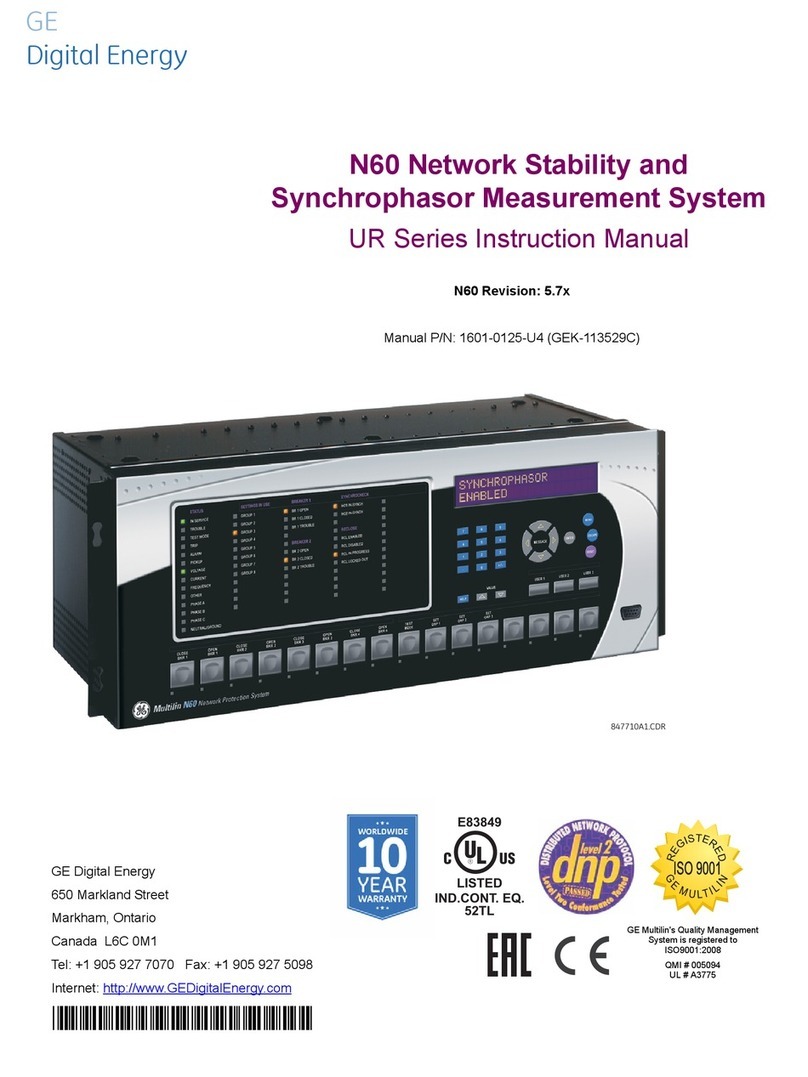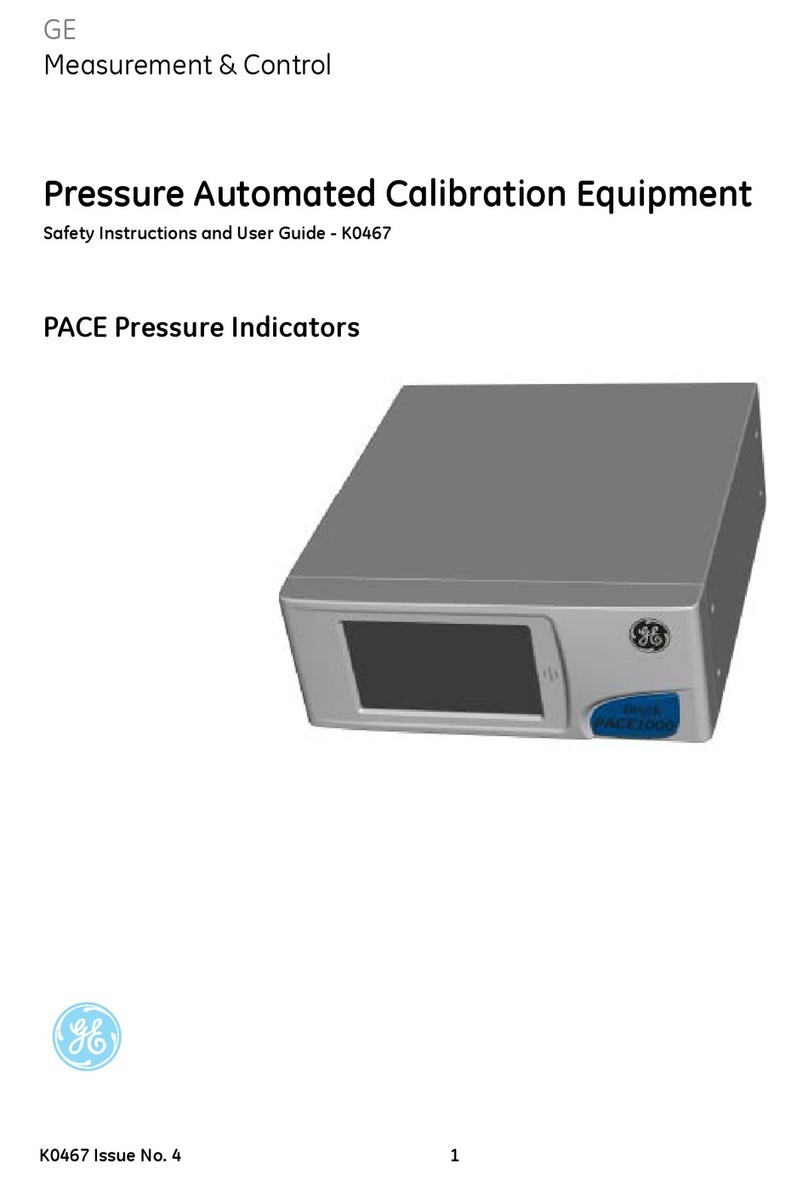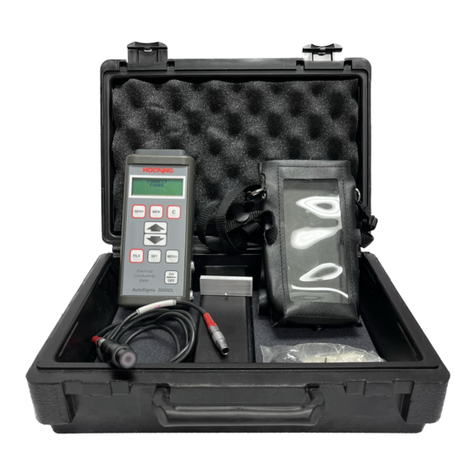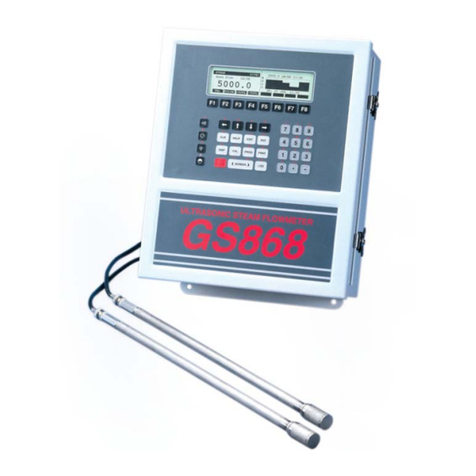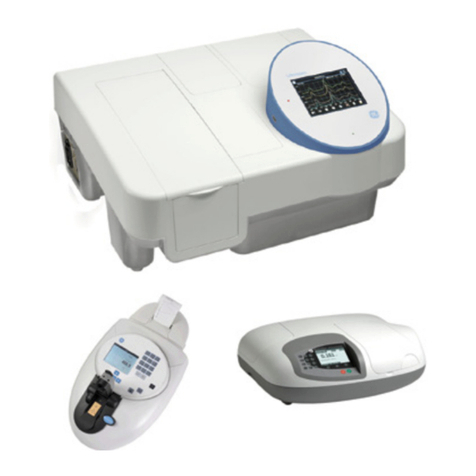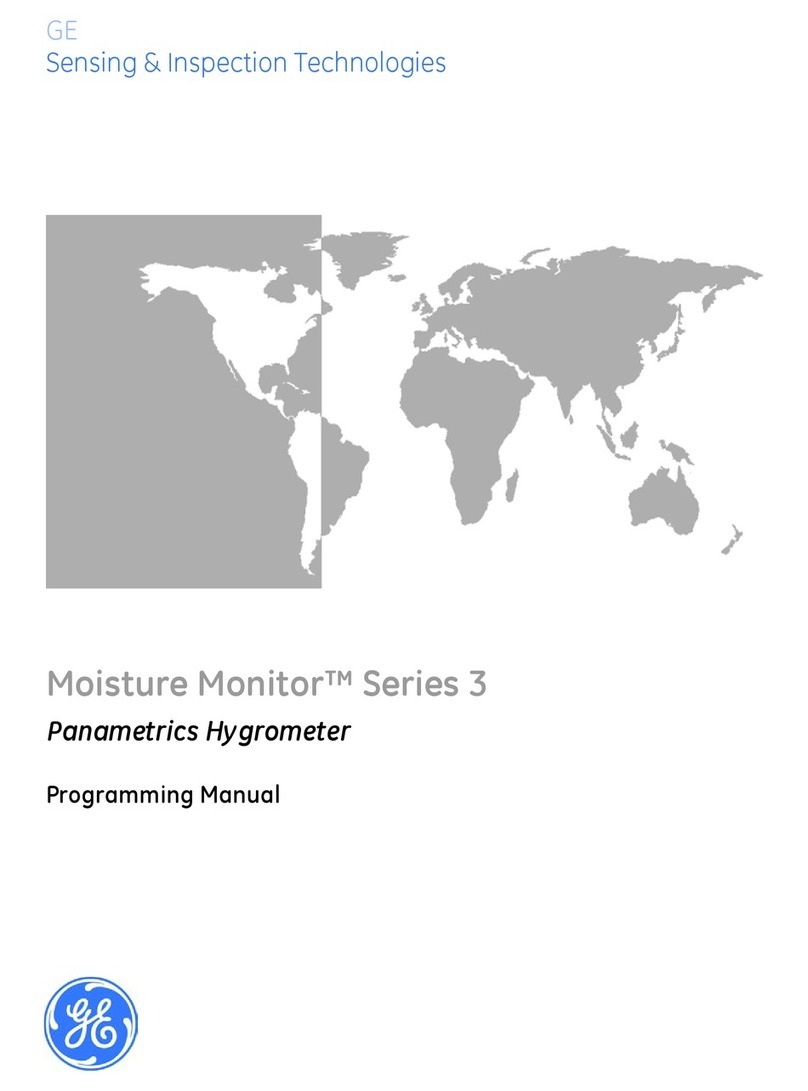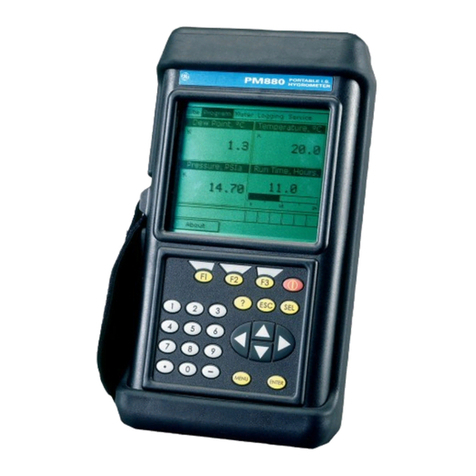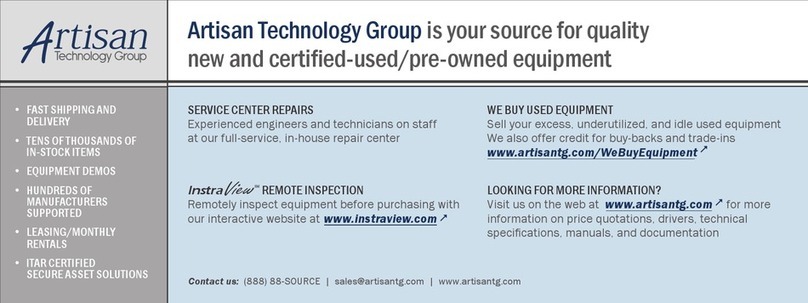CB Watch 3 User Manual v6.3 - May 2019 Page 5 of 100
Figure 46 –Thermodynamic law applied to SF6 gas................................................................................ 36
Figure 47 –Equivalent density lines and liquefaction curve ................................................................... 37
Figure 48 –Gas sensor alarms ................................................................................................................. 37
Figure 49 –Gas measurements ............................................................................................................... 38
Figure 50 –gas pressure thresholds ........................................................................................................ 39
Figure 51 –Gas thresholds....................................................................................................................... 40
Figure 52 –Gas alarms............................................................................................................................. 40
Figure 53 –gas liquefaction pressure ...................................................................................................... 40
Figure 54 –Gas alarms............................................................................................................................. 41
Figure 55 –Gas moisture level................................................................................................................. 41
Figure 56 –Moisture alarm threshold..................................................................................................... 41
Figure 57 –Excessive moisture alarm...................................................................................................... 42
Figure 61 –Linear gas pressure extrapolation......................................................................................... 42
Figure 62 –Time horizons setup.............................................................................................................. 43
Figure 63 –Forecasted gas pressure values ............................................................................................ 43
Figure 66 –Gas leak rates (ganged CB).................................................................................................... 44
Figure 67 –Gas leak rates (IPO CB).......................................................................................................... 44
Figure 64 –Gas alarms............................................................................................................................. 44
Figure 58 –gas graph selection................................................................................................................ 45
Figure 59 –Short-term gas graphs........................................................................................................... 45
Figure 60 –Long-term gas graphs............................................................................................................ 46
Figure 72 –Gas level data........................................................................................................................ 47
Figure 73 –Setting primary current measurement ................................................................................. 49
Figure 74 –Current before and during interruption................................................................................ 49
Figure 75 –Interrupted current value ..................................................................................................... 50
Figure 76 –Stored interrupted current curve.......................................................................................... 50
Figure 77 –Separation offset input ......................................................................................................... 51
Figure 78 –Opening operation timing diagram....................................................................................... 51
Figure 79 –Arcing time............................................................................................................................ 51
Figure 80 –Max arcing time threshold.................................................................................................... 51
Figure 81 –Max arcing time threshold.................................................................................................... 52
Figure 82 –Contact electrical wear cumulative value............................................................................. 52
Figure 83 –Initial electrical wear setting................................................................................................. 52
Figure 84 –Opening electrical wear thresholds ...................................................................................... 53
Figure 85 –Arcing contact electrical wear alarms................................................................................... 53
Figure 86 –Electrical wear weighting table............................................................................................. 53
Figure 87 –Contact wear alarm summary............................................................................................... 54
Figure 88 –Contact wear alarm summary............................................................................................... 55
Figure 89 –Continuous display of DC voltage for source 1 and 2 ........................................................... 56
Figure 90 –DC voltage in last operation measurements......................................................................... 56
Figure 91 –DC voltage alarm thresholds................................................................................................. 57
Figure 92 –DC voltage alarms ................................................................................................................. 57
Figure 93 –Coil currents and coil charges ............................................................................................... 57
Figure 94 –Change in coil charge ............................................................................................................ 58
Figure 95 –Graph of coil current during opening or closing operation .................................................. 59
Figure 96 –Drop-down list of previous archives ..................................................................................... 59
Figure 97 –Maximum mean current threshold settings ......................................................................... 60
Figure 98 –Coil charge alarms................................................................................................................. 60


